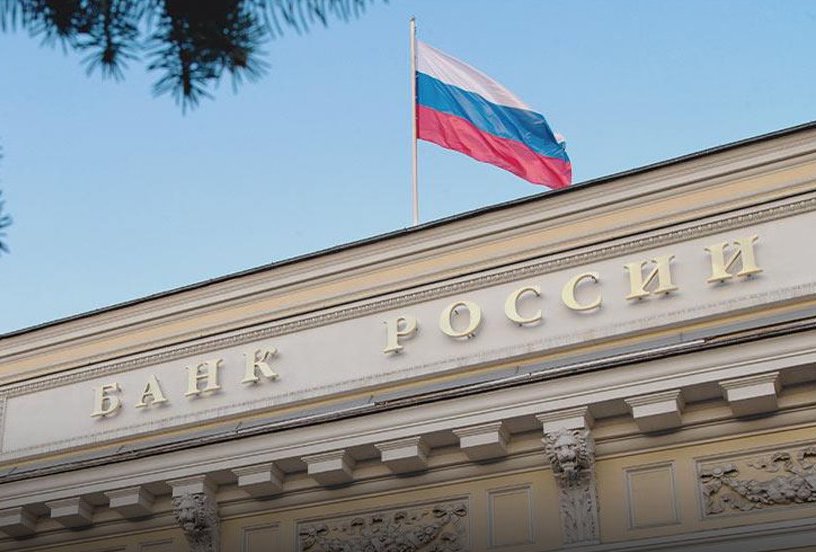Abstract
Increasing trade and financial flows between the world’s countries has been a
double-edged sword for emerging market economies (EMEs). On the one hand, it
has given EMEs ample opportunities to benefit from world economic growth and
from the significant financial resources accumulated by developed countries. On the
other hand, EMEs have become more vulnerable to shocks in global financial
markets, the origins, scope and size of which are often beyond the control of EME
governments and monetary authorities. This paper describes the specific set of
external and internal conditions the Bank of Russia has had to take into account, as
well as some features of its monetary policy and the way these have evolved in
recent years to cope with the challenges posed by a changing external environment.
Keywords: Money supply, liquidity, intervention, Russia
JEL classification: E58, E52, E51, F31
298 BIS Papers No 78
Policymakers in emerging market economy (EME) central banks are facing difficult
choices.
The world economy is becoming more and more integrated, with crossborder trade and financial flows increasing rapidly in volume. On the one hand, this
gives EMEs many opportunities to benefit from world economic growth and from
the vast financial resources of developed nations. However, on the other hand, as
EMEs become increasingly integrated into the world economy and thus more
dependent on external demand and financing, they become more vulnerable to
external shocks. Most EMEs are quite small, especially compared to the volumes
seen in the world financial market, and fluctuations that are more or less
manageable by the central banks of the world’s largest economies are much harder
to control with the tools available to an average EME central bank.
Furthermore, many EMEs are undergoing structural changes. Their economic
and financial conditions are subject to sudden and quite significant shifts even
without external influence, and local central banks often have to focus on specific
functions that at best are of secondary importance among the priorities of a
“textbook” central bank. Some policy tools might be unavailable to them, while
others may not be that efficient due to the specifics of the local economies or
financial markets. Monetary policy itself becomes somewhat path-dependent,
determined by past economic developments and policy responses, which greatly
complicates the process of adopting central banking best practice.
That said, the beginning of the 2000s was undeniably a prosperous time for
most EMEs. Economic growth in these countries was much faster than the world
average (6.7% per year in 2001–07 compared with 4.2% for the world economy).
Global investors were happy to buy EME assets, fuelling a rally in the countries’
stock and commodity markets.
Russia was one of the main beneficiaries of this favourable global environment.
Commodity prices boomed during the period, with oil prices alone growing by
about 350% in 2001–07. As oil accounts for over 50% of Russian exports – and oil
and other commodities making up more than 70% – the sharp rise in oil prices
fuelled a threefold increase in Russia’s export volumes over the period. Meanwhile,
the current account balance exceeded 10% of GDP in 2005–06, and economic
growth accelerated as well, with GDP growing faster than 9% year-on-year by 2007.
Oil price and exports GDP and external balance
Source: Federal State Statistics Service, Bloomberg
BIS Papers No 78 299
Of course, the boom was not restricted to commodity markets. Risk appetite
was high in all segments of the world financial system, and leverage ratios were
rising, as were the prices of risky assets and the capital flows to EMEs. Such an
extreme (though still favourable) set of external conditions was at least partly
caused by the monetary policy stance of the world’s major central banks. The
Federal Reserve and the ECB were conducting loose monetary policies; the real
policy rate in the United States was significantly negative during 2002–05, reaching
–2%, while in the euro zone the real policy rate fell below zero as well, though not
as much. Historically, these levels were very low, especially given the relatively high
world economic growth rates during the period.

